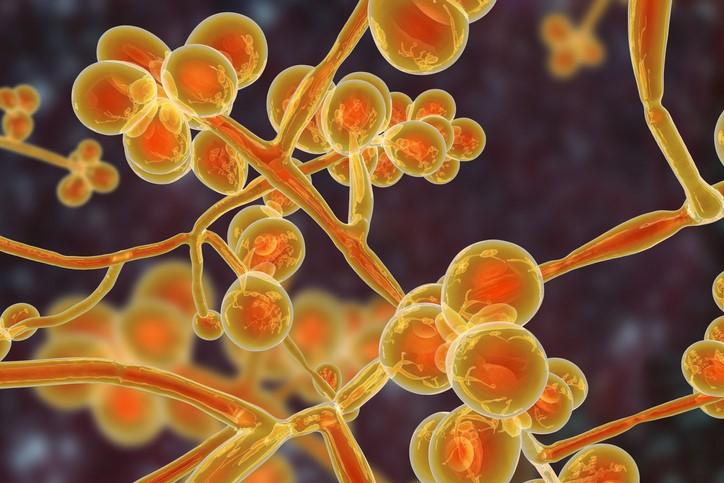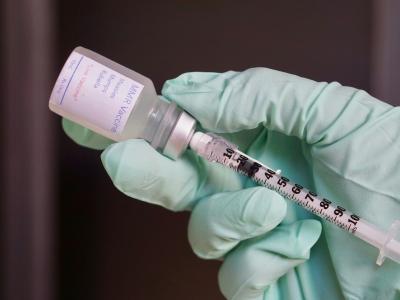
Human papillomavirus (HPV) vaccination has nearly eliminated infection with the high-risk HPV strains 16/18, which cause over 70% of cervical cancer, in Danish women immunized as adolescents, suggests a study published in Eurosurveillance.
Researchers assessed the HPV content of up to three cervical samples from 8,659 women aged 22 to 30 years screened from February 2017 to February 2024, 90% of whom had received three doses of the quadrivalent (four-strain) HPV vaccine starting in 2008, when the country began offering free vaccination to girls turning 12. Danish women are screened for cancer from ages 23 to 64.
In 2017, Denmark switched to a nine-valent HPV vaccine, which prevents up to 90% of cervical cancers. Since 2016, a two-dose regimen has been used in girls younger than 15 years, while three doses are still given to those aged 15 and older.
"Compared with previous generations, these women are expected to have a considerably lower risk of cervical cancer and it is pertinent to assess the new generations' future need for screening," the authors wrote.
The team then compared HPV prevalence, persistence, and incidence among vaccinated and unvaccinated women. Before the HPV vaccination program was launched, all cervical cancers showed evidence of high-risk HPV infection, with types 16/18 accounting for 74% of cases, they noted.
Less intensive but continued screening recommended
The prevalence of HPV types 16/18 in the samples fell from 15% to 17% before 2008 to less than 1% in vaccinated women in 2021, but the prevalence of these types in unvaccinated women stayed at 5%, down from 17% to 19% before vaccine availability, which the researchers say "strongly indicates population immunity."
Our study provided solid, real-world evidence of stable protection against HPV16/18.
Roughly one third of women screened were still infected with high-risk HPV types not covered by the vaccines, and these cases were more common in vaccinated than in unvaccinated women, although at a low level.
"Our study provided solid, real-world evidence of stable protection against HPV16/18," the authors concluded. "The high but steady proportion of women infected with high-risk HPV types not covered by the vaccine indicate a need for less intensive but continued screening of these generations."









